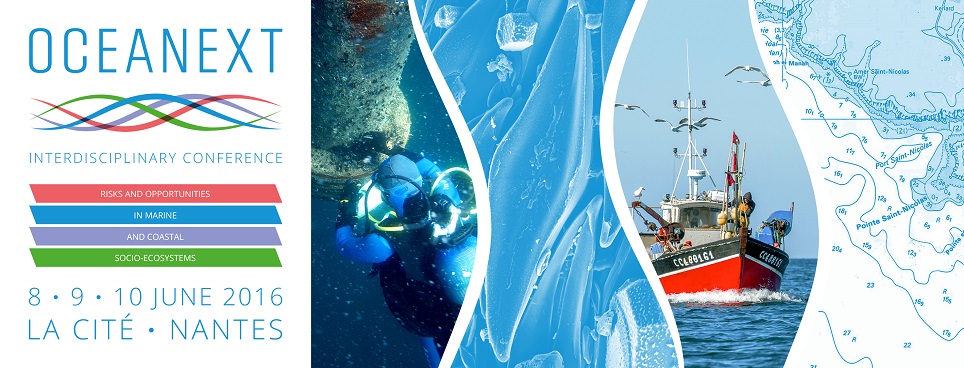Polysaccharides synthesized by microalgae can be used as the functional ingredients of food or drugs. Here, we isolated a novel sulfated polysaccharide from marine blue-green microalgae Arthrospira platensis, and its physicochemical characteristics and biological properties were investigated. The sulfated polysaccharide was extracted by papain digestion followed by cetylpyridinium chloride and ethanol precipitation and was subjected to anion exchange chromatography. Physicochemical characteristics of sulfated polysaccharide were determined using size exclusion chromatography combined with multi-angle light scattering (SEC-MALS), viscosimetry and infrared spectroscopic analysis. Monosaccharides analysis revealed that sulfated polysaccharide was composed of rhamnose, xylose, mannose and uronic acids. The antioxidant potency of sulfated polysaccharide was evaluated by several different in vitro systems, including DPPH free radical scavenging (73.84% at 200 µg/ml), hydrogen peroxide-scavenging (67.92% at 150 µg/ml), reducing power (12.63% at 300 µg/ml) and β-Carotene bleaching inhibition ((54.62% at 450 µg/ml). ACE-inhibitory activity of sulfated polysaccharide was also investigated (45.51% at 500 µg/ml). Further, the anticancer activity was tested against HeLa and HCT116 cell lines by MTT assay and the maximum antiproliferative capacities of 53.17% and 69.64% were recorded at 200 µg/ml, respectively. In vitro anticoagulant assay indicated that sulfated polysaccharide effectively prolonged the activated partial thromboplastin time and thrombin time. The anticoagulant property of the sulfated polysaccharide was mainly attributed to powerful potentiation thrombin by heparin cofactor II. These results indicated that the isolated sulfated polysaccharide from A. platensis had potent antioxidant, antihypertensive, antiproliferative and anticoagulant activities, and could be a promising candidate for future application as dietary ingredients.
- Autre

 PDF version
PDF version

